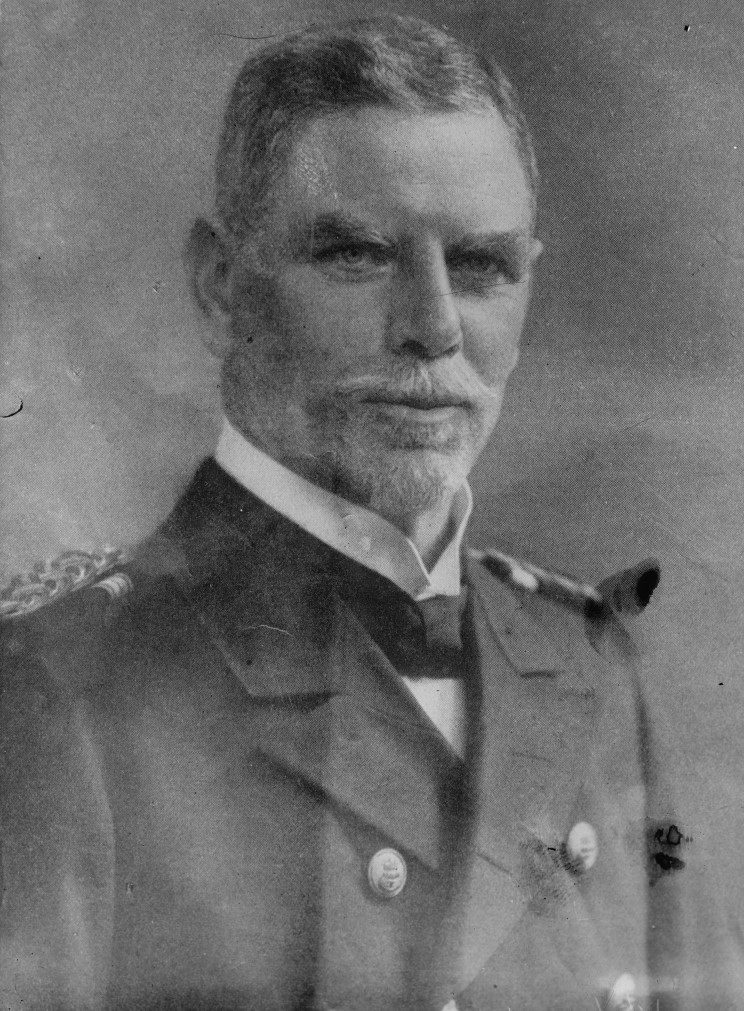Vizeadmiral Maximilian Johannes Maria Hubert Graf von Spee |
|
(1861-1914) |
 |
Vizeadmiral Maximilian Johannes Maria Hubert Graf von Spee
|
Maximilian Graf von Spee was born in Copenhagen, Denmark, on 22 June 1861, he joined the Kaiserliche Marine (Imperial German Navy) in 1878. In 1887-88 he commanded the Kamerun ports, in German West Africa. Before World War I he held a number of senior positions relating to weapons development, before being appointed Chief of Staff of the North Sea Command in 1908, rising to Rear Admiral on 27 January 1910. He was given command of the German East Asia Squadron in 1912 with the rank of Vice-Admiral, based at Tsingtao within the German concession in China. His officers had been handpicked by Grand Admiral Alfred von Tirpitz, while his armored cruisers were among the newest in the fleet. However, his ships would soon be made obsolete by the creation of the battlecruiser. From the outbreak of the First World War his command concentrated on destroying Allied commercial and troop shipping, with considerable success. However, Spee was wary of the Allies' strength, especially the Imperial Japanese Navy and the Royal Australian Navy - in fact he described the latter's flagship, the battlecruiser HMAS Australia, as being superior to his entire force by itself. Consequently to avoid it being trapped within Tsingtao, Spee's squadron moved towards South America. At the Battle of Coronel, off the coast of Chile, on 1 November 1914, Spee's force engaged and sank two British armored cruisers commanded by Sir Christopher Cradock; HMS Good Hope and HMS Monmouth. Both of the British ships were outclassed in both gunnery and seamanship. Admiral Spee's report of action off Coronel, Chile on November 2, 1914, can be found in the World War I document archive maintained by Richard Hacken at Brigham Young University. On 8 December 1914, Spee's force attempted a raid on the coaling station at Stanley in the Falkland Islands, unaware that the previous month the British had sent two modern fast battlecruisers HMS Inflexible and HMS Invincible to protect the islands and avenge the defeat at Coronel, and there were also five cruisers, HMS Carnarvon, HMS Cornwall, HMS Kent, HMS Bristol and HMS Glasgow, at the Stanley naval base. In the ensuing Battle of the Falkland Islands, Spee's flagship, SMS Scharnhorst, together with SMS Gneisenau, SMS Nürnberg and SMS Leipzig were all lost, together with some 2,200 German sailors, including Admiral von Spee and his two sons. Only SMS Dresden managed to escape, though she was eventually hunted down and destroyed. |
(Text courtesy of Wikipedia)
|
VAdm. Maximilian Graf von Spee |
||
Page published Jan. 27, 2008 |